Invasion of Giant Insects and The Square-Cube Law

A change of scale is a geometrical symmetry; large triangles have the same properties as small ones.
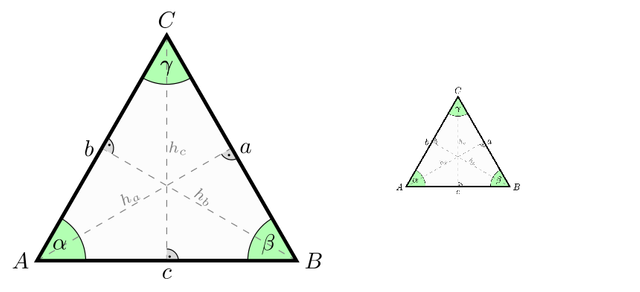
Yet an enlarged or reduced copy of a real object is not the same and does not have the same properties as the original. The reason for this was discovered by Galileo: the square-cube law. The failure of scale symmetry is due to the physics of atoms, which have a definite size. This determines the properties of materials and sets a fundamental scale for the universe.
Exploring the symmetry of scale instead of reflecting the world, we magnify it and ask whether large objects behave the same way as small objects in our universe.
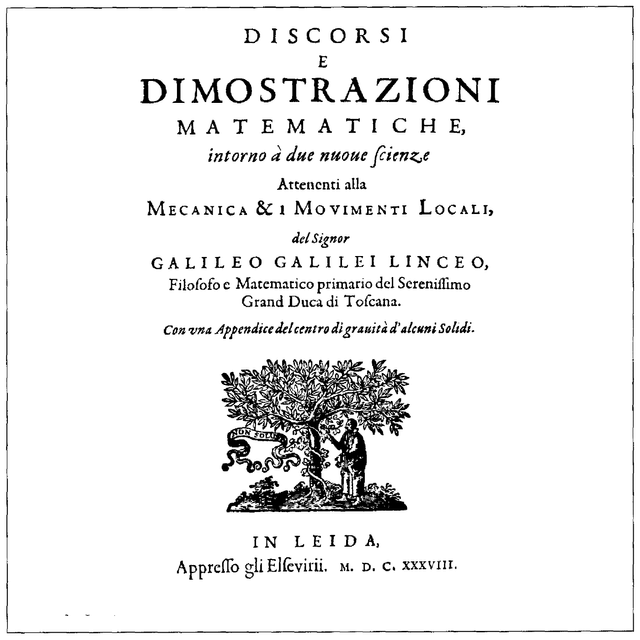
The square-cube law, describing how size affects the physical properties of objects, was first discovered by Galileo Galilei and published in his book Two New Sciences. The second “new science” concerned strength of structures. Galileo noticed a difference between the basic designs of small and large animals—not just in size but in proportion. He realized the strength of an object is proportional to cross-sectional area, whereas its weight is proportional to volume.
Area and volume depend on size in different ways, so the relation of strength to weight is different for objects of different size. ;
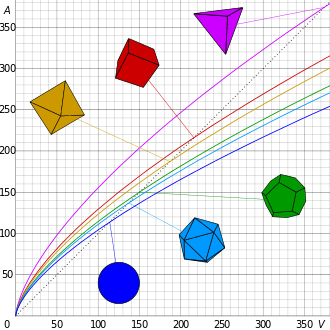
- Area is a square (x²),
- Volume is cubic (x³).
For example imagine magnifying an animal 100x:
Original Animal
- Mass of 100 kg and footprint of 100 cm²
- Supporting its weight at 1 kg / cm²
100x Magnified Animal
- Mass of 1,000,000,000 kg and footprint of 1,000,000 cm²
- It would now have to support 1000 kg / cm²
- 1000x the weight per unit area.
This explains why science fiction concepts like giant mutant ants are impossible: Their structures (areas) cannot support their weight (volumes).

We also see this in real life.
- Larger animals lead more sedate lifestyles than smaller ones.
- They are structurally more delicate.
- Larger animals have thicker proportions.
- Compare the legs of an elephant to those of an ant.
- Larger animals have lower metabolic rates than smaller ones, using fuel more efficiently.
The square-cube law is a general principle of physics. It applies to any structure, not just living things.
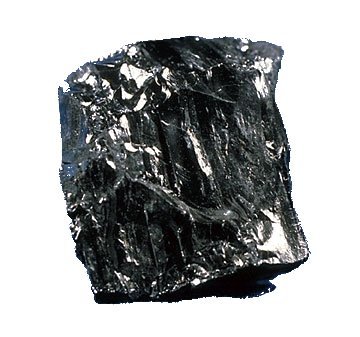
- A lump of coal burns at a moderate rate, but coal dust suspended in air can cause an explosion. The greater surface area of the dust allows greater combination with oxygen from the air and a greater release of energy.
- The interior of Earth is as hot as the Sun’s surface due to radioactive decay of potassium-40. A single Earth rock containing potassium-40 cannot heat itself very well, but the surface-to-volume proportions of Earth are so much larger, it creates a tremendous amount of heat with the same percentage of potassium-40.
Because of the square-cube law, magnification is not a symmetry of nature.
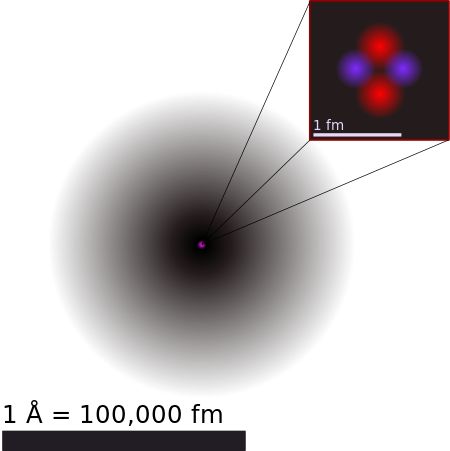
Why does nature work this way? Two objects, one large and one small, made of the same materials behave in different ways because they are made of the same material, not in spite of it. If you create giant ant, you can not build it out of giant atoms; atoms of each element have a definite, absolute size. What determines the size of an atom and sets the size scale of the universe? Quantum physics.
Fun Facts:
Near the end of the science fiction novel and film The Incredible Shrinking Man, the titular man is the size of an insect. Such a man would face physiological problems making cellular chemistry, fluid transfer, gas exchange, and staying alive impossible.

The light from the Sun exerts a very small pressure on objects in our solar system. This force pushes tiny dust grains entirely out of the solar system and may cause small long-term changes in the orbits of small asteroids but is completely negligible for big planets. This directly caused by the difference in surface area vs mass on these bodies.

Explain Dinosaurs. How could they get so large?
Fossils exist to indicate that they did, indeed get very big.
What are pointing at? Dinosaur bones are massive.
Insects have tiny legs proportional to their bodies. Large creatures like dinosaurs or even elephants have thick tree trunk like legs. The reason is they need to support more mass per unit area.
Heard of Inflated and Hallow Bones in Dinosaur?
kinda like balsa wood?
Are skyscrapers made from balsa wood?
How bout someone with the 'math' figure the required strength (compressive, tensile and shear) that their bones would have to be to support the supposed body weight of the large dinosaurs.
excellent :-)